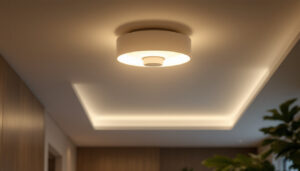
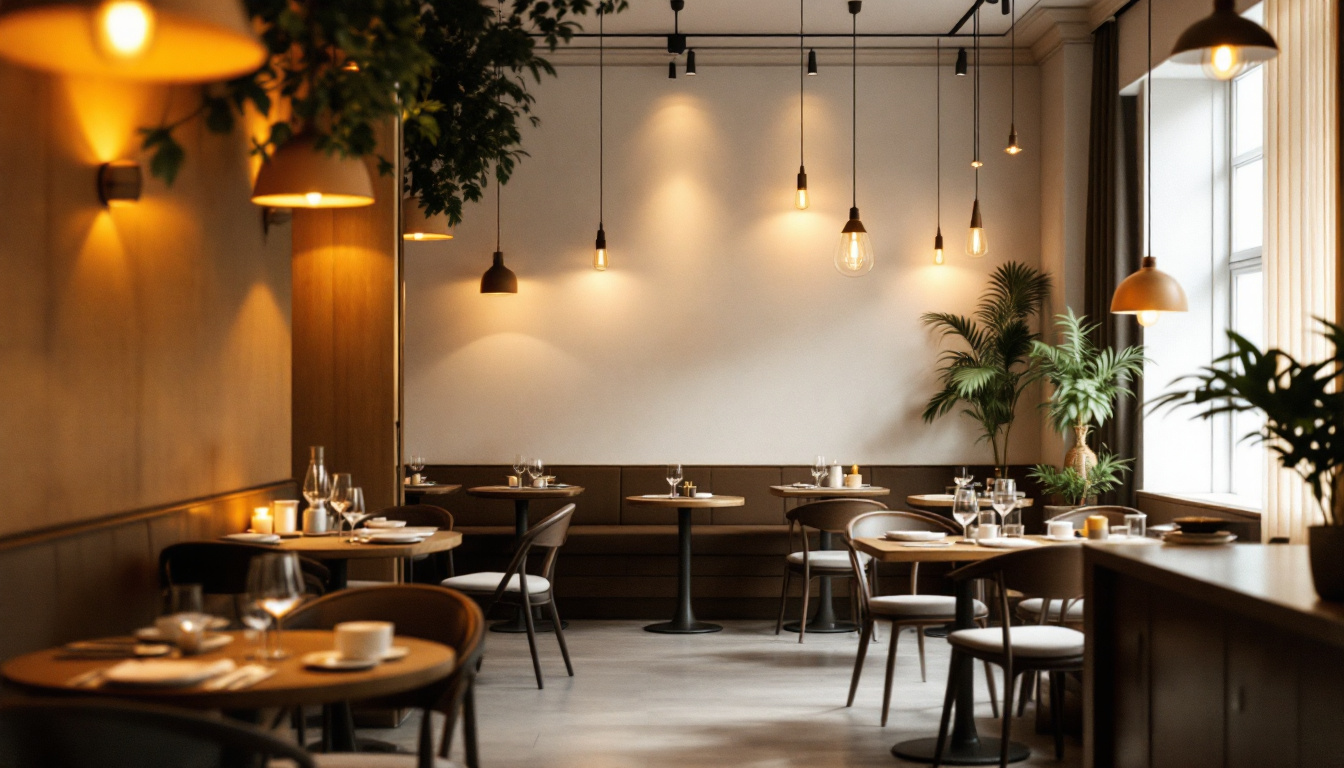
In the competitive world of the restaurant industry, creating the right ambiance is crucial for attracting and retaining customers. Lighting plays a significant role in shaping the dining experience, influencing everything from the mood to the perceived quality of food. For lighting contractors, understanding how to optimize restaurant lamps for maximum efficiency is essential not only for enhancing aesthetics but also for reducing energy costs and improving sustainability.
Lighting is more than just a functional necessity; it is a vital component of a restaurant’s design and atmosphere. The right lighting can enhance the visual appeal of dishes, create a welcoming environment, and even influence customer behavior. Studies have shown that well-lit spaces can lead to increased customer satisfaction and longer dining times, ultimately resulting in higher sales.
Different dining experiences call for different lighting solutions. A fine dining restaurant may require soft, warm lighting to create an intimate atmosphere, while a casual eatery might benefit from brighter, more vibrant lighting that encourages social interaction. Understanding the type of ambiance desired is the first step in selecting the appropriate lamps and fixtures. For instance, dimmable fixtures can offer flexibility, allowing the restaurant to adjust the lighting as the evening progresses, transitioning from a lively brunch setting to a romantic dinner mood. Incorporating elements such as candles or pendant lights can further enhance the ambiance, making the space feel more inviting and personal.
Effective lighting design should also focus on highlighting key areas within the restaurant. This includes illuminating the dining tables, bar, and any special features such as artwork or architectural details. By strategically placing lights and using various intensities, lighting contractors can draw attention to these focal points, enhancing the overall dining experience. For example, spotlighting unique sculptures or murals can create a conversation starter among guests, while accentuating the bar area with vibrant LED lights can create an energetic vibe that attracts patrons. Additionally, using lighting to differentiate between areas—such as a cozy nook for couples versus a lively space for groups—can help cater to diverse customer needs, ensuring that everyone feels comfortable and engaged during their visit.
When it comes to restaurant lighting, there are several types of solutions to consider. Each type has its own characteristics and applications, making it essential to choose the right combination for optimal results.
Ambient lighting serves as the foundation of a restaurant’s lighting design. It provides general illumination that allows patrons to navigate the space comfortably. Common sources of ambient lighting include ceiling-mounted fixtures, wall sconces, and recessed lighting. Selecting the right color temperature and intensity is critical, as it sets the tone for the entire dining experience. A warm color temperature can create a cozy and inviting atmosphere, while cooler tones may lend a more modern and sleek feel. Additionally, dimmable options can offer flexibility, allowing the restaurant to adjust the lighting based on the time of day or the desired mood, enhancing the overall dining experience.
Task lighting is essential for specific activities, such as reading menus or preparing food. In restaurants, this can be achieved through pendant lights over tables, under-cabinet lighting in kitchens, or focused spotlights on service areas. Ensuring that task lighting is adequately positioned and adjustable can enhance functionality without compromising the overall ambiance. Moreover, incorporating energy-efficient LED options not only reduces electricity costs but also minimizes heat output, creating a more comfortable environment for both staff and diners. The strategic placement of task lighting can also help to delineate different areas within the restaurant, guiding guests seamlessly from one space to another.
Accent lighting is used to highlight specific features or areas within the restaurant. This can include artwork, architectural elements, or even the food itself. By using adjustable fixtures, such as track lighting or spotlights, contractors can create dynamic visual interest, drawing customers’ eyes to the restaurant’s unique attributes. Accent lighting can also play a pivotal role in storytelling, as it can emphasize the theme or concept of the restaurant. For instance, a seafood restaurant may use accent lighting to showcase a vibrant mural of ocean life, while a rustic eatery might highlight reclaimed wood features with warm, inviting lights. This not only enhances the aesthetic appeal but also deepens the connection between the diners and the restaurant’s identity.
With rising energy costs and increasing environmental awareness, optimizing lighting for energy efficiency is more important than ever. Restaurants can significantly reduce their energy consumption by selecting the right lamps and implementing smart lighting strategies.
LED lamps have emerged as a popular choice for restaurants due to their energy efficiency and longevity. Compared to traditional incandescent bulbs, LEDs consume significantly less energy and have a much longer lifespan, resulting in lower replacement costs. Additionally, LEDs are available in various color temperatures, allowing for versatile lighting design.
Integrating smart lighting controls can further enhance energy efficiency. Dimming systems, occupancy sensors, and timers can help manage lighting levels based on the time of day or customer presence. For example, dimming lights during off-peak hours can save energy while still maintaining a pleasant atmosphere.
A successful lighting design for a restaurant requires careful planning and consideration of various factors. A comprehensive lighting plan should address not only the types of lighting but also the layout and overall design of the space.
Before implementing any lighting solutions, it is crucial to assess the restaurant’s layout, color scheme, and overall design. Factors such as ceiling height, wall colors, and furniture can all influence how light is perceived in the space. Conducting a thorough assessment allows contractors to tailor their lighting design to the specific needs of the restaurant.
A layered lighting approach combines ambient, task, and accent lighting to create a balanced and dynamic environment. By integrating different types of lighting, contractors can ensure that the restaurant is well-lit without being overly bright or harsh. This approach allows for flexibility in adjusting lighting levels based on the time of day or specific events.
Once the lighting design is implemented, ongoing maintenance is essential to ensure that fixtures continue to perform optimally. Regular checks and maintenance can help prevent issues that may arise over time, such as flickering lights or burnt-out bulbs.
Establishing a maintenance schedule can help restaurant owners stay on top of lighting issues. This includes routine inspections of fixtures, cleaning lenses, and replacing any burnt-out bulbs promptly. By addressing maintenance needs proactively, contractors can help restaurants maintain a consistent and inviting atmosphere.
Training restaurant staff on how to manage lighting can also contribute to maintaining optimal conditions. Staff should be educated on how to adjust dimmers, utilize smart controls, and report any lighting issues. Empowering staff to take an active role in lighting management can lead to a more pleasant dining experience for customers.
Examining successful restaurant lighting designs can provide valuable insights for contractors looking to optimize their own projects. Here are a few notable examples that showcase the effectiveness of thoughtful lighting design.
In fine dining restaurants, creating an intimate and elegant atmosphere is paramount. One successful case study involves a restaurant that utilized a combination of warm LED pendant lights and strategically placed wall sconces. The result was a soft, inviting glow that enhanced the dining experience while keeping energy consumption low.
For casual dining spaces, a more vibrant and energetic atmosphere is often desired. A restaurant that implemented a layered lighting approach with bright ambient lighting, combined with colorful accent lights, successfully created an engaging environment. This design not only attracted customers but also encouraged longer stays and increased sales.
As technology continues to evolve, so too does the world of restaurant lighting. Staying informed about emerging trends can help contractors remain competitive and offer innovative solutions to their clients.
Human-centric lighting focuses on creating environments that promote well-being and comfort. This approach considers factors such as circadian rhythms and the psychological effects of different lighting conditions. By incorporating human-centric principles into restaurant lighting designs, contractors can enhance the overall dining experience and contribute to customer satisfaction.
With growing concerns about environmental sustainability, many restaurants are seeking eco-friendly lighting solutions. This includes using energy-efficient fixtures, sourcing materials responsibly, and implementing recycling programs for old lighting components. Contractors who prioritize sustainability in their designs can appeal to environmentally conscious clients and contribute to a greener future.
Optimizing restaurant lamps for maximum efficiency in lighting is a multifaceted endeavor that requires careful consideration of design, functionality, and sustainability. By understanding the importance of lighting, selecting the right types of solutions, and implementing energy-efficient strategies, lighting contractors can create inviting and visually appealing spaces that enhance the dining experience.
As the restaurant industry continues to evolve, staying informed about emerging trends and technologies will be essential for contractors looking to provide the best possible lighting solutions. By prioritizing both aesthetics and efficiency, restaurants can create environments that not only attract customers but also promote long-term success.
Ready to elevate your restaurant lighting projects with efficiency and style? At LumenWholesale, we offer an exceptional range of spec-grade lighting products that blend quality with affordability. Say goodbye to inflated markups and hello to premium lighting at wholesale prices, perfect for creating the inviting ambiance your clients crave. With free shipping on bulk orders, you can stock up on the best lighting solutions without worrying about hidden costs. Don’t compromise on quality or value—choose Wholesale Lighting at the Best Value and make your next project shine with LumenWholesale.
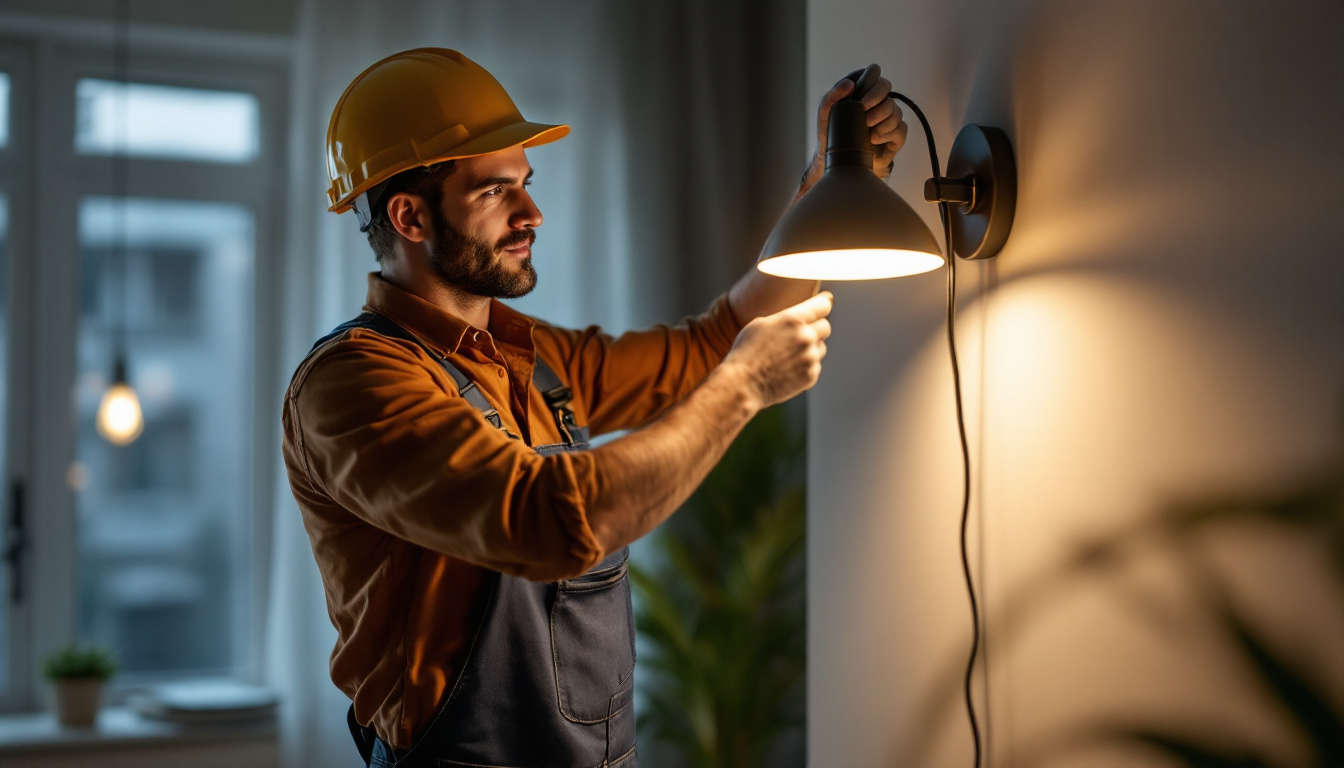
Discover how T Type Lamps are revolutionizing the lighting industry, offering contractors a competitive edge with their energy efficiency, versatility, and cutting-edge technology.
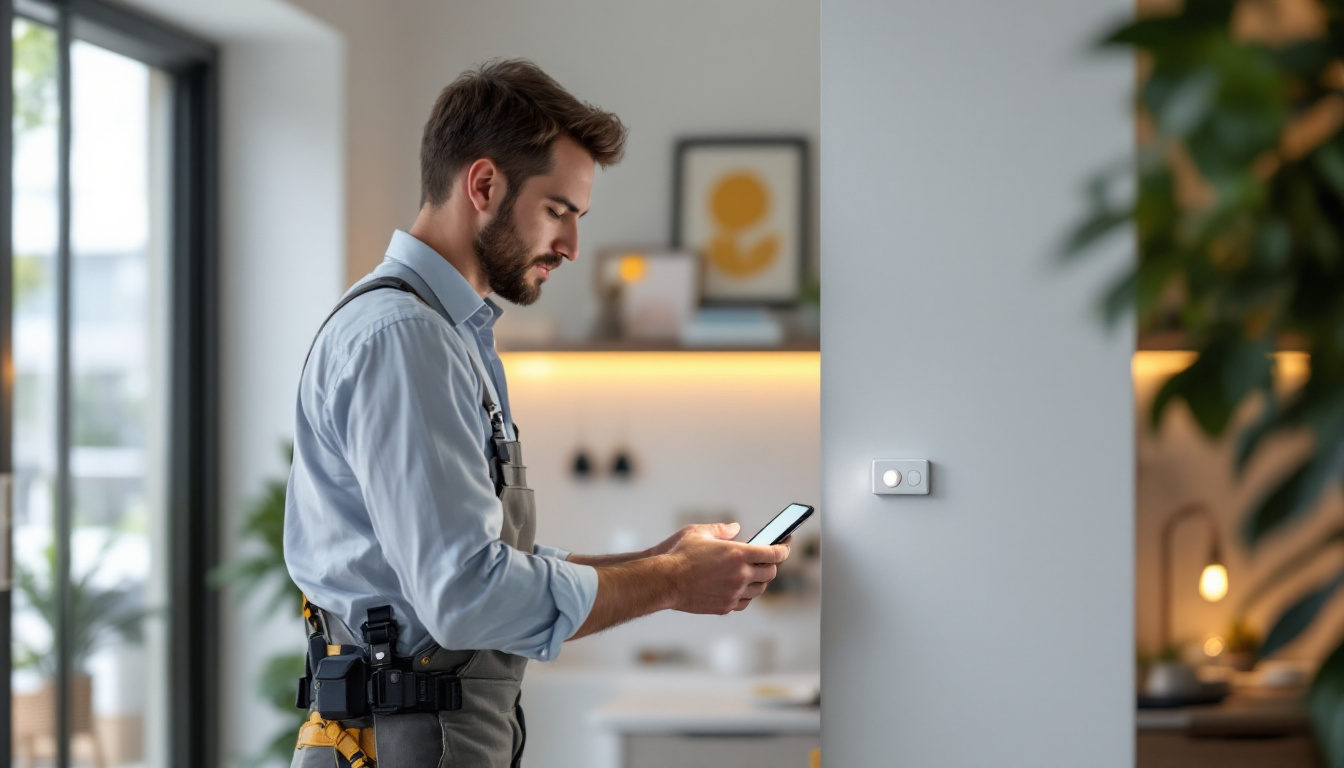
Discover innovative strategies and insights from top lighting contractors on integrating Feit T12 Buizz into smart lighting solutions.
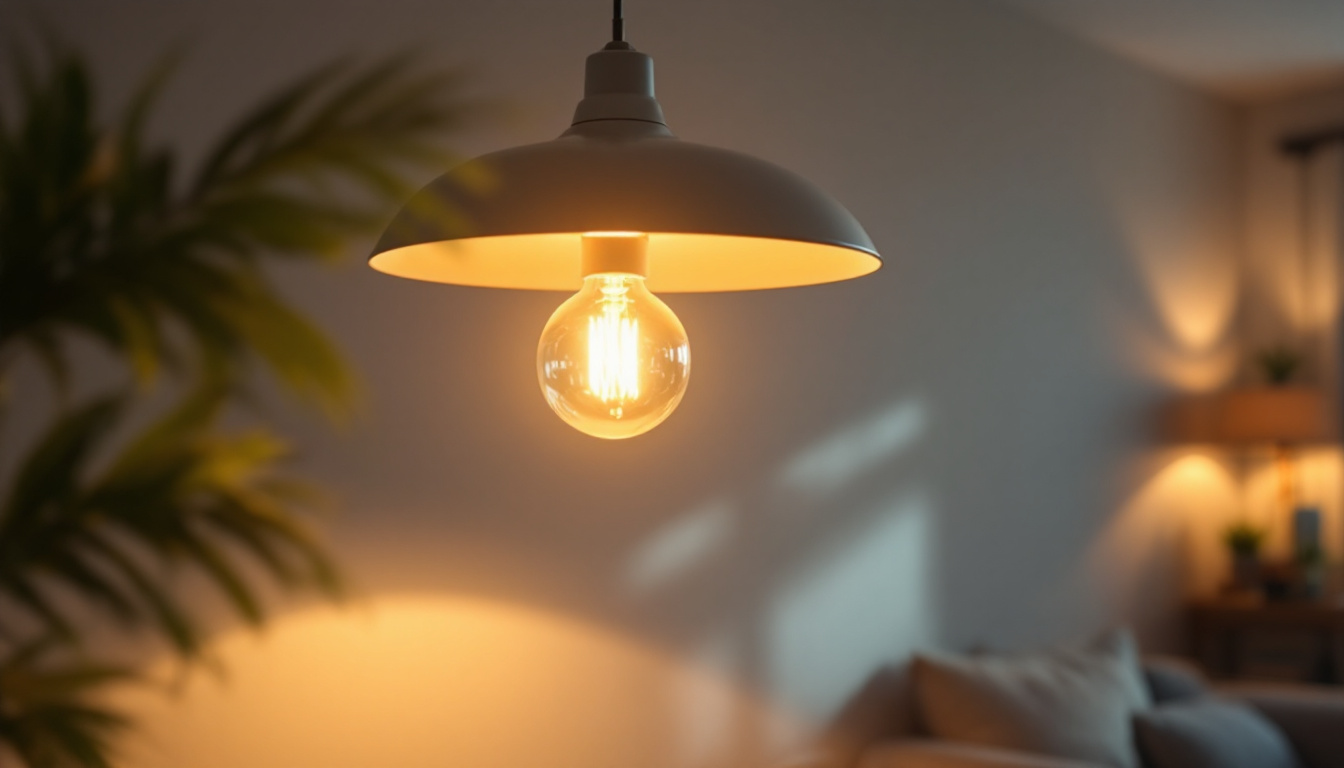
Discover the ultimate guide to ceiling mounted lamps, covering everything from installation tips to design inspiration.
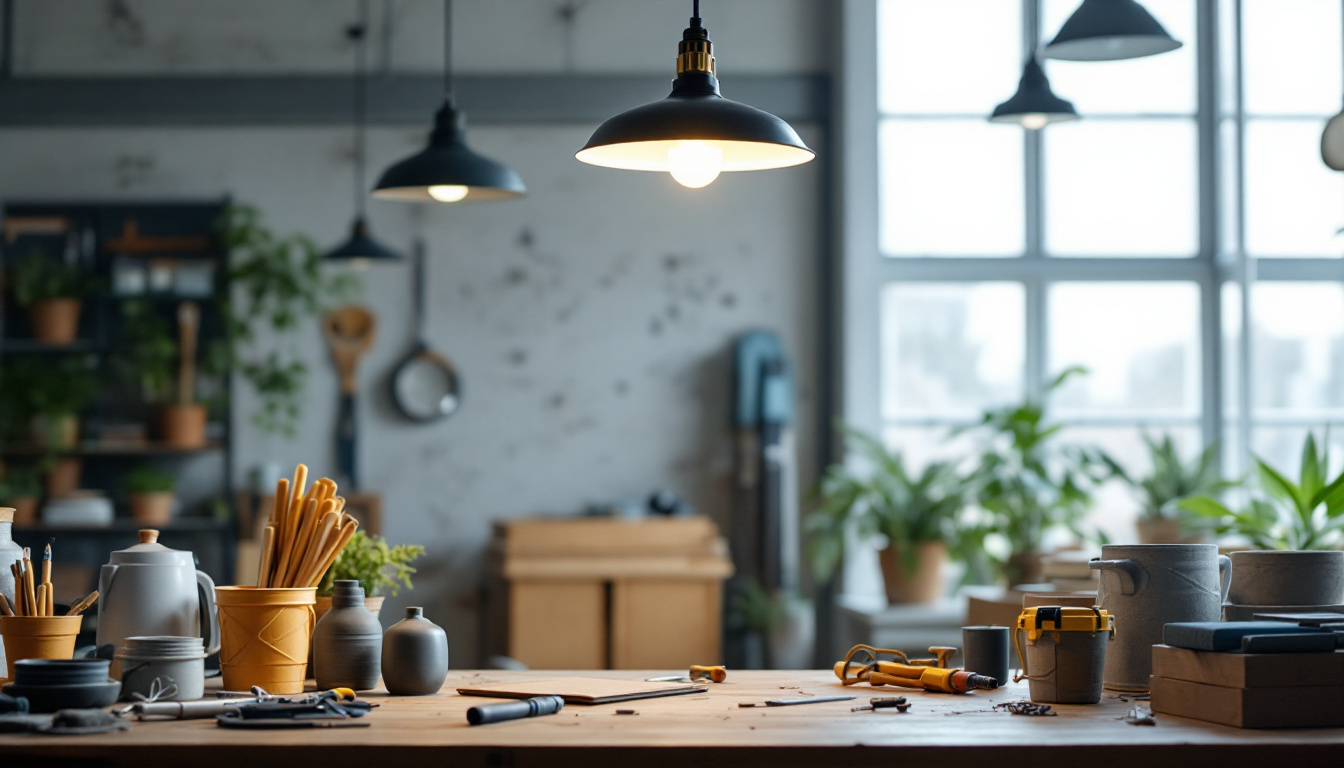
Discover essential insights and practical tips for lighting contractors working with industrial ceiling lamps.
Get notified when NEW deals are released.
Optimize your budget with wholesale discounts.
Only top-quality, specification-grade lighting products.
No additional costs at checkout - what you see is what you pay.
We understand the unique needs of contractors.